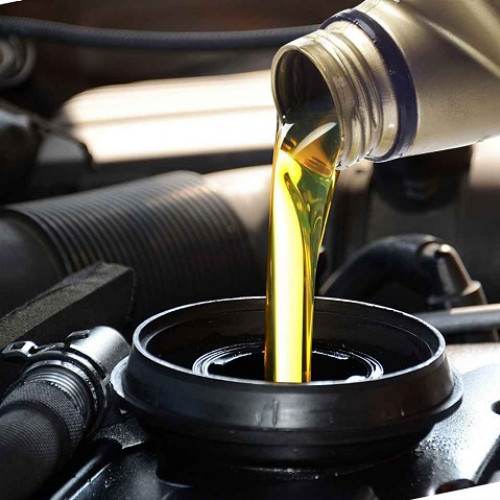| Nano Ravankar Iranian |

| Registration Date | 8 Apr 2017 |
| Revision Date | 19 Apr 2018 |
| Share |
Petroleum Oils and Lubricants
Motor OilParticle size below 100nm and cubic morphology Abrasion rate degradation Friction coefficient degradation The nanoparticles in engine oil can slippery or fill the tracks and pores. Also, they can deposit the protective layer on the surface or reduce the particles abrasion effect.
According to features such as wear prevent, friction degradation and high temperature load-bearing, the lubricants can be used in various industries including transport equipment, turbines, compressors and oil equipment. Currently, most usage of lubricant attribute to gasoline, diesel and natural gas engines. In recent years, such additives were used containing sulfur and phosphorus which accompanied with environmental problems. With regard to, industry usage of nanotechnology, some nonmetric additives are developing for lubricant applications. Nanomaterial as the oil supplementation, can lead to reducing of torque, engine friction coefficient and parts abrasion. The most important effects of these additives as engine oil supplements are as follow: decrease the fuel consumption, improve the performance and extend the engine life. Also, the nanostructured materials can repair or fill the pores, by entering the surface cavities.